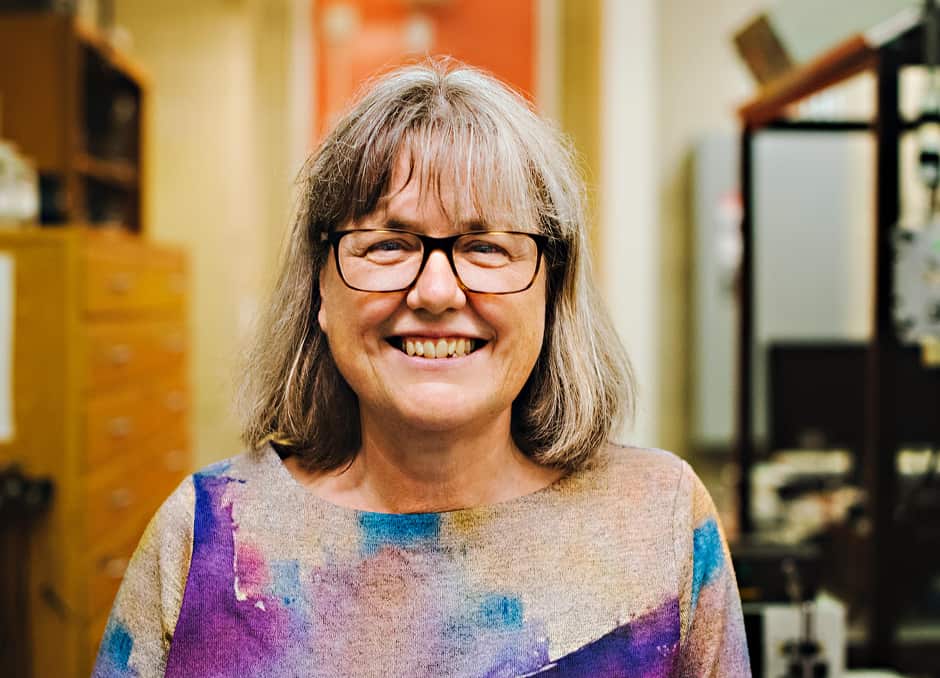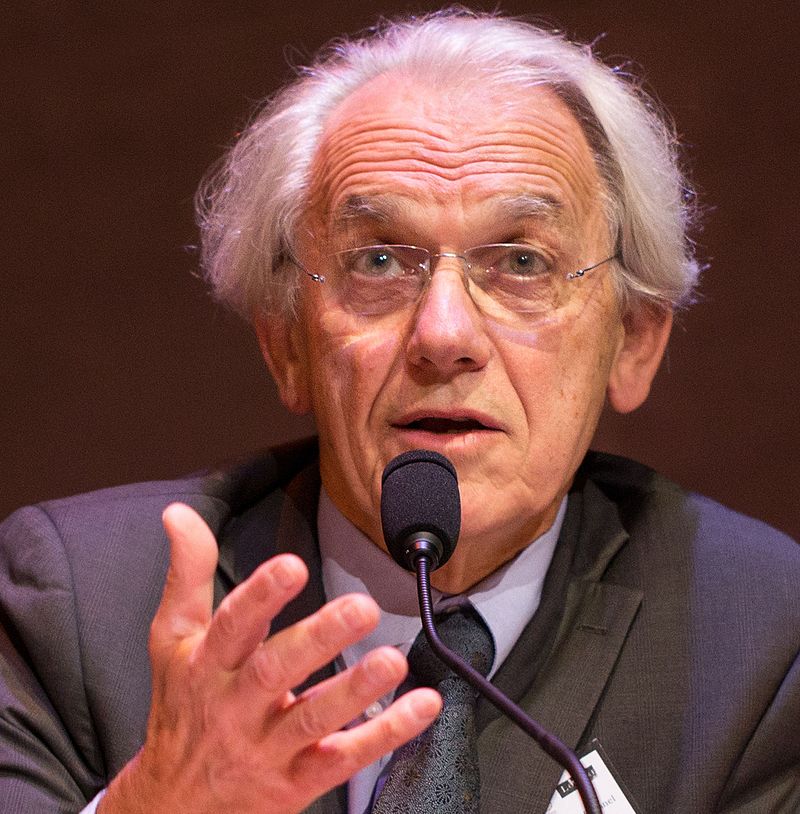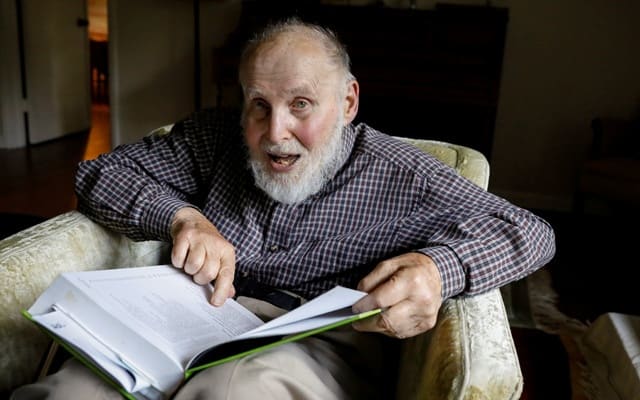
The Swedish Nobel committee has awarded this year's physics prize to a trio of researchers whose discoveries in the field of laser technologies have proved valuable across a wide field of science. The three winners include the first woman to win a Nobel Prize for 55 years, Canadian physicist Donna Strickland, also only the third female physics laureate in history.

Prof Strickland, who is affiliated to Waterloo University in Canada, was honoured for her role in research on amplifying ultrashort laser pulses, and shares the award with her colleague Gerard Mourou, of the Ecole Polytechnic Palaiseau in France and the University of Michigan, while also honoured is Arthur Ashkin, who developed optical tweezers at Bell Laboratories.
Strickland and Mourou developed their technique, called chirped pulse amplification (CPA), in 1985. It was the foundation of Strickland's doctoral thesis at the University of Rochester in the US, where Mourou was her supervisor. The technique created the shortest and most intense laser pulses ever generated. In achieving this, they had to solve a major problem: previous short pulses generated by other techniques contained so much energy that they destroyed the material that amplified them.
David Binks, reader in laser physics from Manchester University's School of Physics and Astronomy, said: "These are flashes of laser light that are so short short that more of them can fit into a single minute than there have been minutes since the Big Bang." As the name implies, Binks explained, chirped pulse amplification works in a similar way to a small bird’s chirp. The characteristic of a chirp, which is not detectable by human ears, is that the pitch changes from the start of the sound to the end.
In the same way, Strickland and Mourou developed a way of changing the frequency of a laser pulse from its beginning to its end, effectively changing the colour of the light. This has the effect of stretching its duration in time, which makes it less intense, thereby allowing it to be amplified without destroying the amplifier.
"The really clever part about using chirp to stretch the laser pulse is that it can be reversed just as it leaves the amplifier so that the pulse becomes very short again, and the intensity becomes truly immense," Binks said.
Applications for CPA pulses include creating a strobe effect that can be used to track very fast processes taking place in equipment such as photovoltaic cells and LEDs. The amplification possibilities allow pulses to be created that deliver temperatures hotter than the heart of the sun, which has applications in particle acceleration and nuclear fusion.

The other winner, Arthur Ashkin, devised a method that uses the radiation pressure of light to move physical objects. His key discovery, in 1987, was a method for using laser light to push small particles towards the centre of the beam and hold them there – a technique that has become known as optical tweezers. Ashkin discovered that these tweezers could capture living bacteria without harming them, and the technique is now used routinely to investigate the processes key to the life of microscopic cells.
Prof Ursula Keller, of ETH in Zurich, who developed another technique for creating ultrashort laser pulses that is now used in corrective eye surgery and in ultra-accurate clocks, told The Engineer that all of her research team was excited by the award to professors Strickland and Mourou. "CPA was a breakthrough in amplification of ultrashort pulses and has a huge impact," she said.
The only women who have previously won the Physics Nobel are Marie Curie in 1903 for the discovery of radioactivity and Maria Goeppert-Mayer in 1963 for work on the structure of atoms. Both awards were won jointly with men.




Nanogenerator consumes CO2 to generate electricity
Nice to see my my views being backed up by no less a figure than Sabine Hossenfelder https://youtu.be/QoJzs4fA4fo